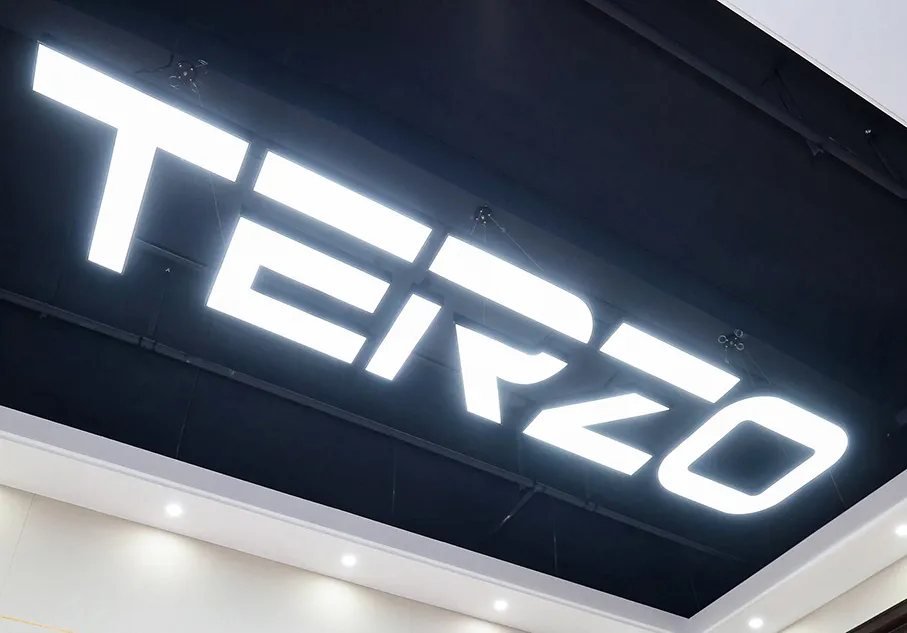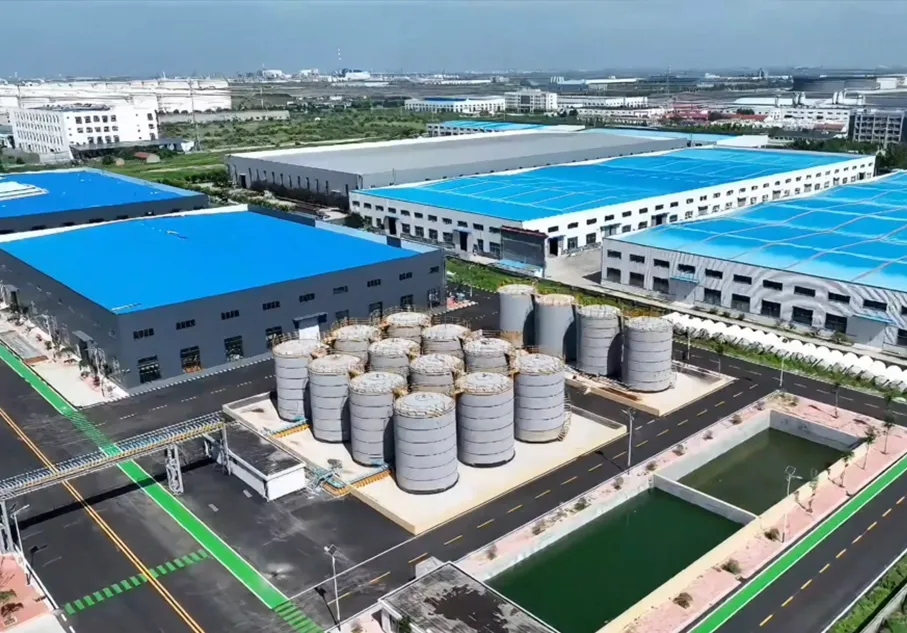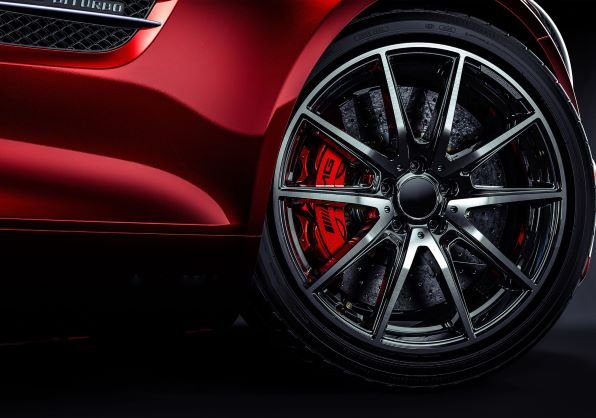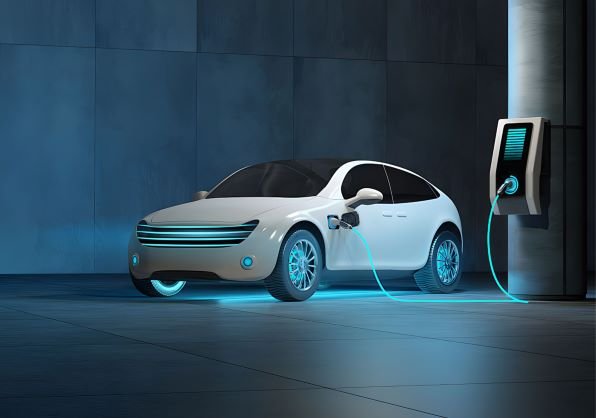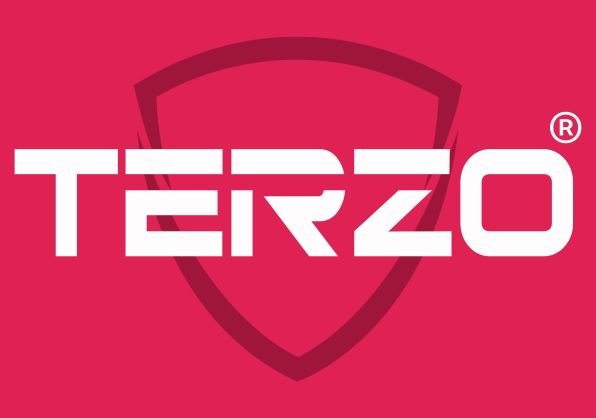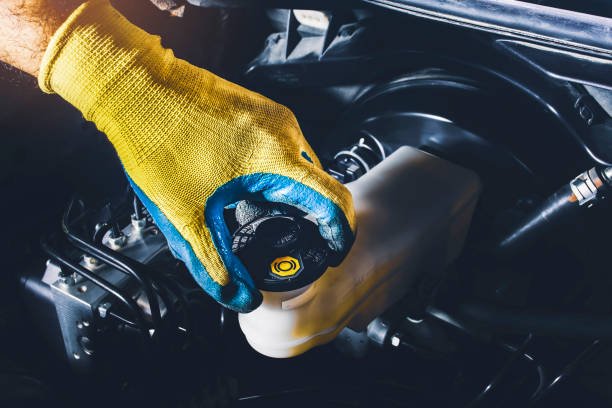ILSAC 规格与 JAMA MIL - 来自 API
| GF-7 | ILSAC GF-7 可防止低速预点火 (LSPI)、保护正时链磨损、加强活塞和涡轮增压器的高温沉积物控制、实施更严格的油泥和漆膜管理、提高燃油经济性、加强排放控制系统保护,并确保与使用 E85 乙醇燃料的发动机兼容。 |
| GF-6 | 提供低速预点火(LSPI)保护、正时链磨损保护、改进的活塞和涡轮增压器高温沉积物保护、更严格的油泥和漆膜控制、更高的燃油经济性、更强的排放控制系统保护,以及对使用含乙醇燃料(最高达 E85)的发动机的保护。 |
| GF-6A | Current: introduced in May 2020 for oil viscosities a slow as 0W-20. |
| GF-6B | Current: introduced in May 2020 for engines requiring 0W-16 oils. |
| GF-5 | Current: introduced in October 2010, designed to provide improved high temperature deposit protection for pistons and turbochargers, more stringent sludge control, improved fuel economy, enhanced emission control system compatibility, seal compatibility, and protection of engines operating on ethanol-containing fuels up to E85. (obsolete on May 1, 2021) |
| GF-4 | Obsolete: use GF-6A where GF-4 is recommended. |
| GF-3 | 适用于 1996 年及以前的发动机。 |
| GF-2 | Obsolete: not suitable for use in most gasoline-powered automotive engines built after 1993. May not provide adequate protection against build-up of engine sludge, oxidation or wear. |
| GF-1 | Obsolete: not suitable for use in most gasoline-powered automotive engines built after 1988. May not provide adequate protection against build-up of engine sludge. |
| MIL 规格(美国军用标准) | MIL 规格(美国军用标准) |
|---|---|
| MIL-L | Lubcricants |
| MIL-G | 润滑脂、液压油 |


